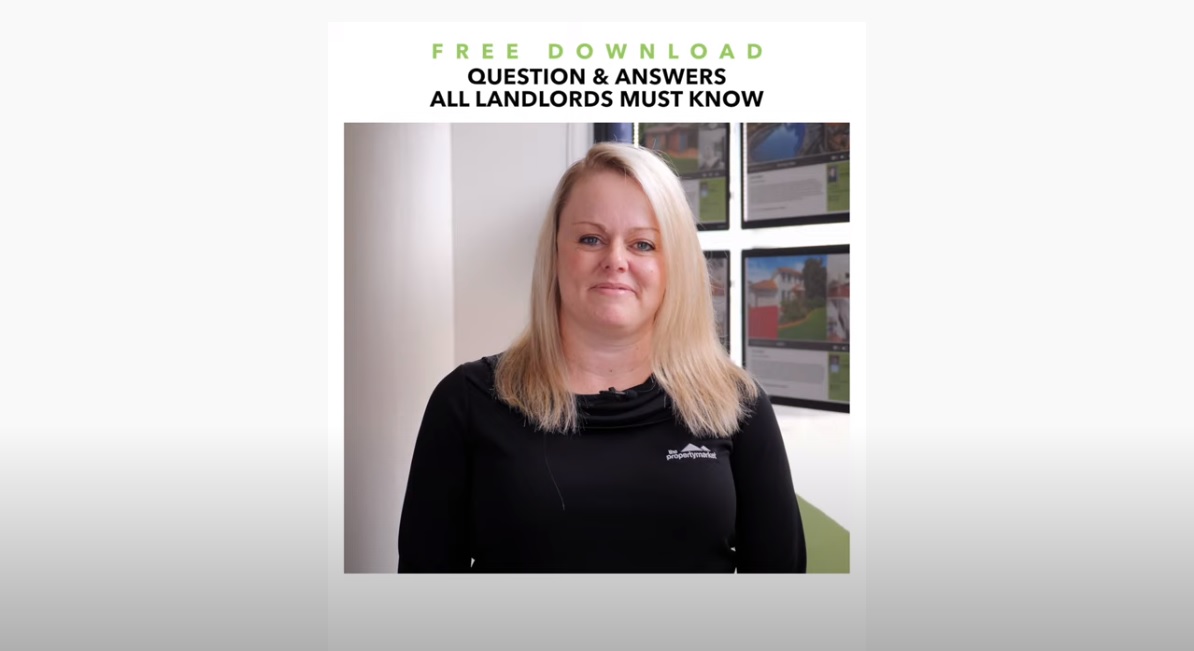How can I use equity in my home?
One of the best things about owning property is the equity that is built up over time, creating a valuable resource for future investment, household expenses or your retirement.
Here we explain what equity is, and the most common ways people use the equity in their home.
What is equity?
Equity is the difference between the market value of your property and the balance of your home loan.
Equity increases both as you pay off your mortgage and as the property’s value goes up as a result of market supply and demand fluctuations (amongst other things).
You can also increase generally equity by making improvements to the property such as upgrading the kitchen, landscaping the garden or subdividing your block.
For example, three years ago Jack took out an interest-only loan of $420,000 to buy a $500,000 house. Over the three years he has owned the property, Jack renovated the kitchen and bathroom and kept up his interest repayments. His efforts, combined with the home’s capital growth, means the property is now worth $620,000. This means Jack now has $200,000 in home equity.
To figure out how much equity you have in your home, just subtract the amount you owe to the bank from the current market value of your property.
How do I access the equity in my home?
The first thing your lender needs to do when you want to access your equity is to get a valuation of your property to confirm the current market value. You may then be able to use this equity to secure a larger loan.
The amount you’ll be able to borrow will depend on the loan to value ratio (LVR) applicable to your loan. Many lenders limit LVR to 80 per cent (with some exceptions), which means you can borrow up to 80 per cent of the value of your property.
For example, in Jack’s case, 80 per cent of $620,000 is $496,000, so Jack could potentially access an additional $76,000 on top of the $420,000 he initially borrowed (less costs and expenses).
If he had an LVR of 90 per cent, Jack could potentially borrow up to an extra $138,000 (less costs and expenses).
Should I access my equity via a line of credit or get a lump sum?
Whatever sum you borrow will attract interest. There are pros and cons of each approach. For example, a line of credit (which is often the more popular approach), generally means that you will only start paying interest when you draw down on the loan. If you set up your loan this way, you will need to exercise discipline so that you’re not tempted to buy countless commodities just because you have cash available.
However if you’re drawing down on your equity for a one-off payment for a new car or an overseas holiday, it may be easier to have your equity released as a lump sum, rather than paying fees for establishing and using a line of credit. The best approach will depend on your individual circumstances.
What can I use my home equity for?
- Many people access the equity in their existing home to add to their property portfolio. Rather than selling your home or saving a big deposit, you can put your equity towards buying a new property to live in or an investment property. You’ll need to be able to service the new loan, so you can expect your chosen lender to assess your income, assets and liabilities just as they did for your first loan. Apart from owning another growth asset, the advantages of buying an investment property can include being able to claim the expenses of owning the property on your tax return.
- You might choose to diversify your assets and invest your equity in shares, bonds or managed funds. It’s important to weigh up the risk factors of these wealth creation strategies, which are amplified when using borrowed funds.
- You could also use your equity to pay for renovations or extensions. If your property is dated or too small you may decide to invest in an upgrade of fixtures or to add another bathroom, bedroom or even a second storey. If you choose improvements that increase the appeal of your property, you may create more value than you spend, which would give your equity another boost.
- You might also choose to access your equity for non-investment purposes like buying a new car, new furniture or paying for a holiday. Just be aware that these items will generally depreciate (decline in value over time) and you’ll be paying non-deductible interest for the life of the loan.
- Your equity could be used to supplement your retirement using either a reverse mortgage or what’s known as home reversion. There are various third party resources available to provide more information on this strategy, such as moneysmart.gov.au.
It’s important to get independent financial and other professional advice before accessing the equity in your home so that you are aware of all the pros and cons. The content of this article does not constitute financial or any other form of professional advice and must not be relied on when making financial or other decisions.




